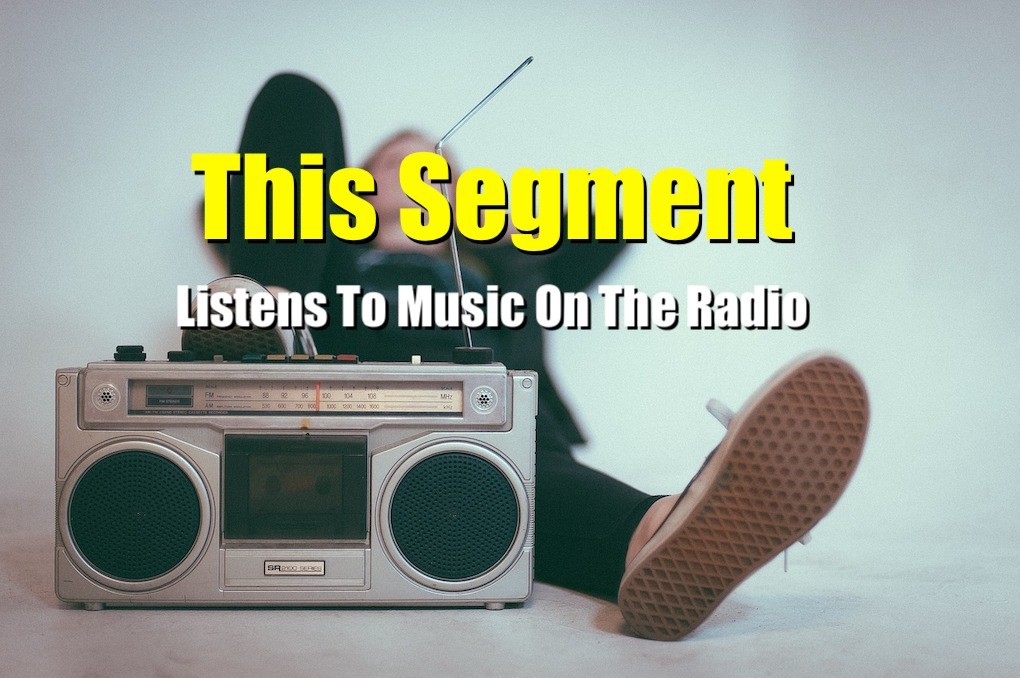This Segment Of People Actually Listen To Your Music On The Radio

Despite what you might read, it seems like radio is taking a bit of a back seat to streaming. The reality is that it’s not done yet. In Edison Research’s latest “Radio Is Everywhere” study, approximately 156 million people age 18+, or about 63% of U.S. adults, still listen to AM/FM radio daily. While that number is decreasing, it’s not going down by much, as radio still contains a healthy base of listeners. One segment in particular actively listens to music.
The 6 Segments
According to the study, people listen to radio for a variety of reasons, which led the researchers to break the listening audience down into 6 distinct segments.
- Radio Heads (9% of radio listeners) They listen for all their audio needs, and listen to the most radio.
- Connection Seekers (16% of radio listeners) They listen for company and connection to a community.
- Infomaniacs (18% of radio listeners) They listen because of their need to consume news and information.
- Rhythm Rockers (27% of radio listeners) They listen because of their need to consume music.
- Laidback Listeners (17% of radio listeners) They listen to radio only in the background, like during work.
- Habitualists (13% of radio listeners) They listen to radio when it is the only option available.
The study says that 47% of radio listeners overall think that listening to ads is a fair tradeoff to consume the free content. And it’s apparent that radio advertising still works as almost half of all AM/FM radio listeners (46%) say they have considered a new company, product, or service after hearing an ad on the radio. This is important because it’s advertising that actually limits the type of music that is added to playlists to only what gets listeners to respond to ads, regardless of the segment they’re in.
What The Research Tell Us
Every radio-related study that comes out showing how much radio is still consumed shocks media execs who increasingly are moving their companies to digital delivery. Sure, some of the studies are sponsored by the radio industry itself, but that doesn’t mean it’s far off in its conclusions.
The fact of the matter is that for the foreseeable future, radio will still maintain its audience because of the fact that there are still cars on the road that offer radio as the only entertainment option. Yes, it’s possible to connect your phone in many cases, but that introduces a level of complexity that many are not up to dealing with, especially in the morning while driving to work half-asleep.
For music artists, even though radio is a viable distribution portal, that doesn’t mean that it’s any easier to breach than in the past. As you can see, the Rhythm Rockers segment is only 27% of listeners that are hard-core music lovers, and radio is still locked into narrow formats that have fewer and fewer songs on its playlists.
The worst part is that radio is no longer local or regional, since its playlists mostly dictated by large station groups that program for the nation, not the particular town or city where you live. This may change at some point in time as stations become less valuable (many stations actually went unclaimed at a recent auction), and perhaps we’ll see a return to local station ownership as a result.
In the meantime, radio still matters, but only to the few artists that have songs big enough to matter to advertisers.

